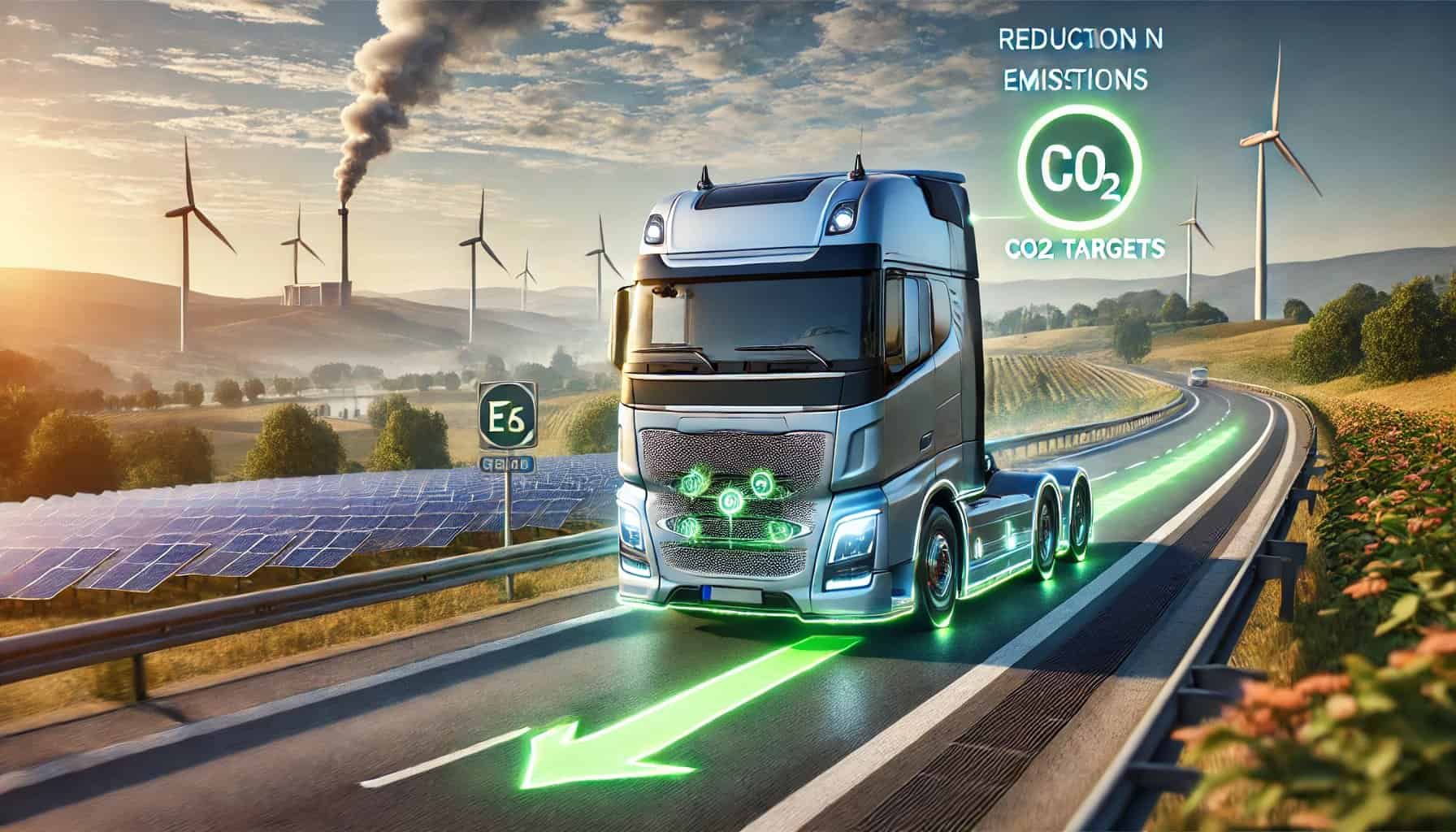Hybrid Electric Vehicles: Technology Shaping the Future of Mobility

The global hybrid electric vehicles (HEV) market shows mixed dynamics. Despite a growth decline of -4.24% over the past year, hybrids continue to play a key role in reducing emissions and improving fuel efficiency. This is not just a transitional phase between traditional internal combustion engines (ICE) and full electrification — it’s a technology that has proven its competitiveness and maintains strong market prospects.
According to Precedence Research forecasts, the global HEV market will grow from $98.66 billion in 2024 to $647.46 billion in 2034. This represents a compound annual growth rate (CAGR) of 20.70% — a figure that exceeds the average development rate of most other transportation technologies. Why is this sector developing so actively? And what opportunities does it present for companies investing in hybrid technologies?
A Rapidly Expanding Market
Today, over 2,600 companies operate in hybrid technologies, including 140+ startups. The total number of employees in this field exceeds 496,200, with more than 22,000 new jobs created in the sector last year alone. Companies in the industry have received over 490 grants for innovative technology development. This isn’t just statistics — it’s evidence of active demand for technology that’s already delivering real results in emissions reduction and fuel efficiency improvement.
Another important trend is active innovation. The HEV sector has already registered over 162,200 patents, with the USA leading with 37,830+ patents, followed by China with 26,300+ patents. The total number of investment rounds exceeds 1,100, with an average investment size of $131.8 million per round. This indicates that technologies continue to improve, and companies are actively investing in new solutions that can further enhance the efficiency of hybrid vehicles.
From a geographical perspective, the highest activity is concentrated in the United States, United Kingdom, India, Canada, and Australia, with major innovation centers in London, Bangalore, Sydney, Melbourne, and New York. This is an important signal for companies looking to expand their markets or attract new partners: the largest HEV market players are already creating ecosystems where hybrid technologies are becoming the main driver of development.
Why Hybrids Remain Relevant for the Future
Despite the active development of fully electric vehicles, HEVs continue to maintain strong positions. The reasons are clear:
Economic Efficiency. On average, HEV operating costs are lower than conventional gasoline or diesel vehicles, but without the charging limitations associated with BEVs.
These factors explain why hybrids remain popular among large vehicle fleets, commercial transport, and even in the premium vehicle segment.
Innovations Defining the Future of HEVs
One of the actively developing areas in hybrid vehicles is adaptive cruise control. This technology is already used by over 80 companies and significantly reduces fuel consumption by optimizing speed and driving style.
Innovations in control systems, energy conservation, and transmission electrification also play a key role. Companies specializing in developing intelligent energy management systems have significant growth opportunities, as these solutions may become standard for all types of hybrid vehicles in the future.
Another important direction is battery development. Hybrids don’t require batteries as powerful as electric vehicles, making their production more environmentally friendly and cost-effective. However, investments in new types of batteries that can store more energy and work longer remain an important success factor.
Challenges to Consider
Despite positive dynamics, the HEV sector faces several challenges:
● Regulatory Uncertainty. Some countries, particularly in Europe, are directing efforts toward full transport electrification, which may limit HEV support in the future.
● Growing Competition from BEVs. Electric vehicles are becoming increasingly accessible, forcing hybrid technologies to constantly improve.
● Need for Production Capacity Expansion. HEV demand is growing, and companies will need to invest in increasing production volumes to meet this demand.
Conclusions: What This Means for the Market
HEVs are not just a transitional technology but a full-fledged market segment showing sustainable growth. In the next ten years, this sector will continue to attract significant investments, and companies that can offer effective, innovative, and economically viable solutions will gain competitive advantages.
The Hybrid Alliance unites companies seeking to shape the future of hybrid transport, and these opportunities are open to all market players — from manufacturers to investors and technology solution providers.
The development of HEVs is not a compromise but a pragmatic choice for sustainable and efficient mobility.
Usage Flexibility. Hybrid vehicles don’t depend on charging infrastructure, making them an ideal solution for regions with underdeveloped electric vehicle networks.
Immediate Emissions Reduction. Thanks to energy recuperation technologies and efficient electric motor use, HEVs can reduce fuel consumption and CO₂ emissions by 20-40% compared to traditional ICE vehicles.
Source: https://www.startus-insights.com/innovators-guide/hybrid-electric-vehicles-market-outlook; https://www.precedenceresearch.com/hybrid-vehicle-market


